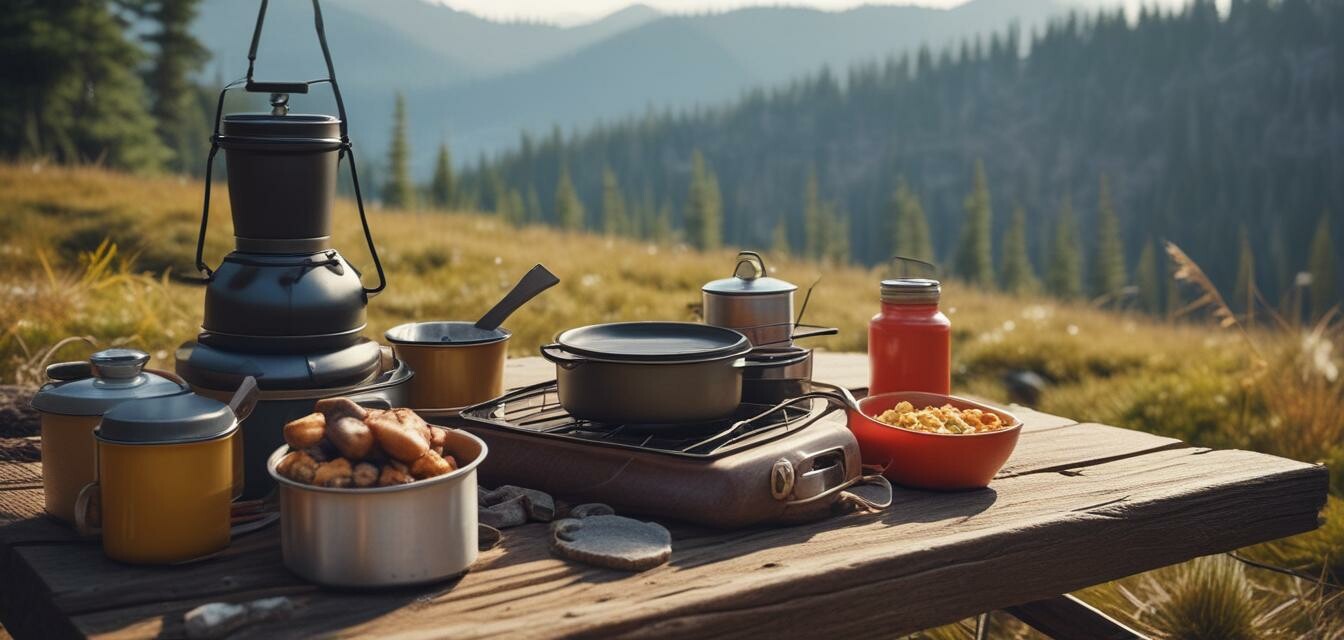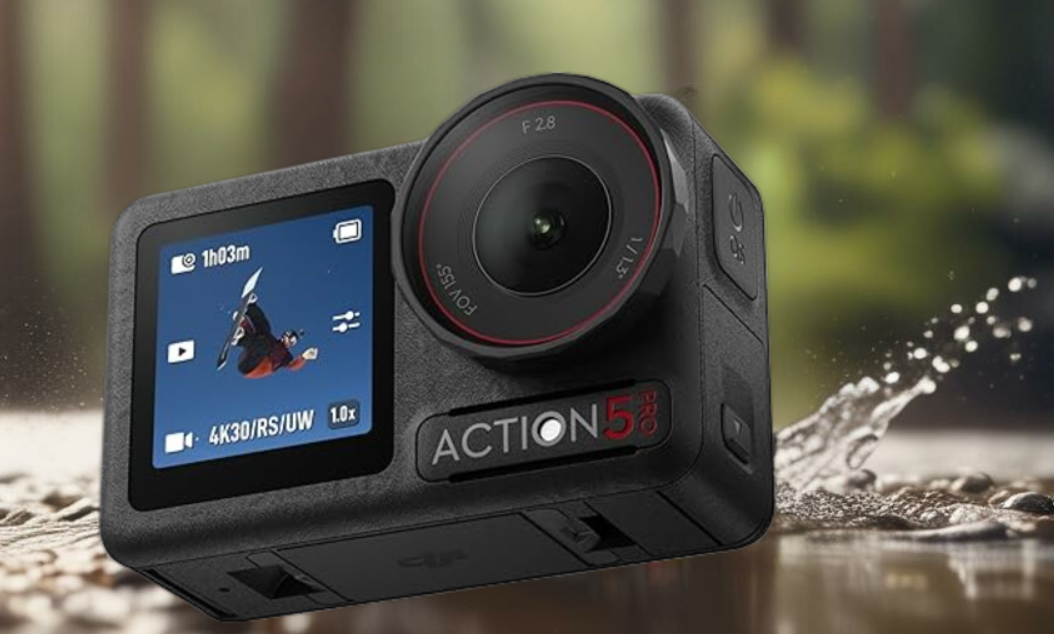
As an Amazon Associate, I earn from any qualifying purchases, at No Extra Cost to You.
Essential Cooking Gear for Extended Trips
Key Takeaways
- Choosing lightweight and compact cooking gear can save space and weight in your backpack.
- Investing in multi-functional cooking equipment helps enhance versatility.
- Ensure to carry the necessary utensils for meal preparation and enjoyment.
- Proper food storage is essential to maintain freshness and prevent spoilage.
- Plan meals ahead of time to simplify cooking and packing.
When embarking on an extended backpacking trip, nourishment is key to maintaining energy and morale on the trail. Packing the right cooking gear allows you to prepare nourishing meals, no matter where your adventures take you. This guide will help you select essential cooking gear for your backpacking journey and ensure that you have everything you need for delicious campfire meals.
Essential Cooking Gear Items
Here’s a list of essential cooking gear you'll need for extended trips:
| Gear Item | Purpose |
|---|---|
| Portable camping stove | For boiling water and cooking meals. |
| Lightweight pots and pans | To cook and prepare various dishes. |
| Utensils (spatula, ladle, etc.) | For stirring, serving, and cooking. |
| Multi-functional tool or knife | For cutting, slicing, and food prep. |
| Biodegradable soap and sponge | For cleaning cookware and utensils. |
| Food storage containers | To keep meals fresh and organized. |
| Cooler bag | To keep perishables cooler for longer. |
| Reusable water bottles/hydration system | Essential for hydration; can be used for cooking. |
Choosing the Right Cooking Gear
When selecting cooking gear for backpacking, consider the following:
- Weight: Lightweight gear is essential for long hikes.
- Size: Opt for stackable or collapsible items to save space.
- Durability: Invest in sturdy items that can withstand rugged use.
- Versatility: Multi-functional gear can save you packing space.
Meal Planning for the Trail
Meal planning is crucial when preparing for an extended trip. Here are some tips for effective planning:
- Choose meals that require minimal cooking and use fewer ingredients.
- Prepare meals in advance and pack them in airtight containers.
- Incorporate lightweight, non-perishable items such as freeze-dried foods and dehydrated vegetables.
- Consider the cooking time; quicker meals can save energy and time.
- Include a variety of meals to avoid repetition and keep you motivated.
Food Storage Tips
Proper food storage helps prevent spoilage and ensures you have fresh meals throughout your camping trip:
- Use airtight containers to keep food fresh and ward off pests.
- Pack perishable items in a cooler bag when feasible.
- Store food away from your sleeping area to avoid attracting wildlife.
- Label containers with dates to ensure you're eating the oldest items first.
Cleaning Your Cooking Gear
Keeping your gear clean is essential for safety and longevity. Follow these practices:
- Use biodegradable soap to avoid contaminating water sources.
- Clean pots and pans after each meal while still warm to prevent residue buildup.
- Let cookware dry completely before packing to avoid mold.
Additional Resources
For further reading on backpacking gear and meal preparation, check out our other guides:
- Cooking gear options
- Backpacking buying guides
- Choosing the right backpack
- Selecting your tent and shelter
- Latest backpacking news and trends
Pros
- Ensures a nutritious diet on long trips.
- Allows for varied meal options.
- Enhances social experiences with shared cooking.
Cons
- Can add significant weight to your pack.
- Requires careful planning and preparation.
- Cleaning up can be time-consuming.
Conclusion
Having the right cooking gear can significantly enhance your backpacking experience. By planning carefully and ensuring nutrition is a priority, you’ll be well-equipped for delicious meals on the trail. Remember to keep your cooking gear lightweight, versatile, and easy to clean for the best outdoor culinary adventures.
